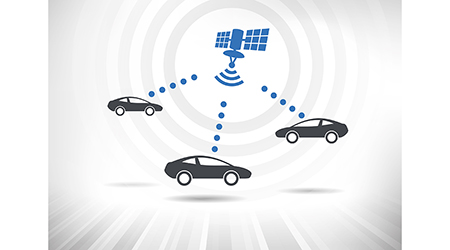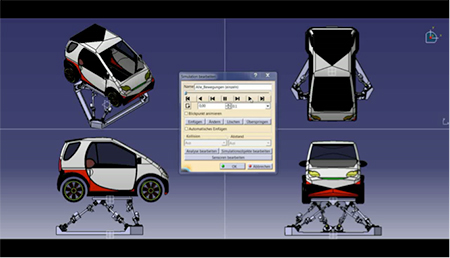by Stratis Karanachos
The new trend in the automotive industry is undoubtedly the driverless (or autonomous) vehicle. A search of the keyword “autonomous vehicles” in Google brings about 1.1 million results, while in “Scopus” database there are 2500 scientific contributions already. The ever increasing public interest is reflected by numerous articles hosted in journals with high publicity such as the “Economist” (e.g. Look, no hands: One day every car may come with an invisible chauffeur – Apr 20th 2013), the “Spiegel” (e.g. Automobile: Auf der Straße surfen – May 26th 2014) and the “New York Times” (e.g. Google’s Next Phase in Driverless Cars: No Steering Wheel or Brake Pedals- May 27th 2014).
However, like every new technology, its success depends on whether it will bring users a clear added value at an affordable price.
Figure 1: Autonomous technology aims to increase user comfort when driving becomes an effort.
Driverless vehicles operate on the basis of the “Sense-Plan-Act” scheme, fundamental to most robotic vehicles (see Figure 2). Up to now most of the research efforts were focused on the demonstration of the technological feasibility. The developed solutions can perform advanced functions such as lane keeping but lack the flexibility and smoothness of a human driver. As the technology progresses it becomes evident that the user experience has to be improved and human-like driving behaviours have to be developed. As an intermediate step wouldn’t it be better if Advanced Driver Assistance Systems would deliver personalized solutions based on the user’s personal needs? TRMC aims to eliminate these shortcomings by investigating methods to learn from human demonstrations in real life scenarios (Figure 3) and imitate human driving strategies.
Figure 2: Autonomous vehicles follow the “Sense-Plan-Act” robotic architecture.
Figure 3: Learning from human demonstrations.
Furthermore, car connectivity is going to change considerably current driving strategies. Preview information such as traffic light signals, road curvature or weather conditions will become widely available. So how would the driver adapt its driving strategy in case he knew that the traffic lights would turn green in the next few seconds? How would the driver change the vehicle’s speed in case the following curve is too sharp? And how would the driver change the suspension setting in case the following road segment is too rough?
Figure 4: Connectivity will provide preview information not available to drivers by now
Field trials as well as simulation and Hardware in the Loop Platforms are being used to conduct research at TRC, Coventry University. A highly qualified multidisciplinary research team with expertise in different areas such as vehicle modelling and identification, control systems, human factors and Cybersecurity is committed to advancing user experience to the next level. A team of experienced business developers are working to establish several Public-Private-Partnerships with public sector, industrial partners and other Universities so that we provide the required “ecosystem” needed for developing and testing driverless vehicle technologies.









Comments are disabled